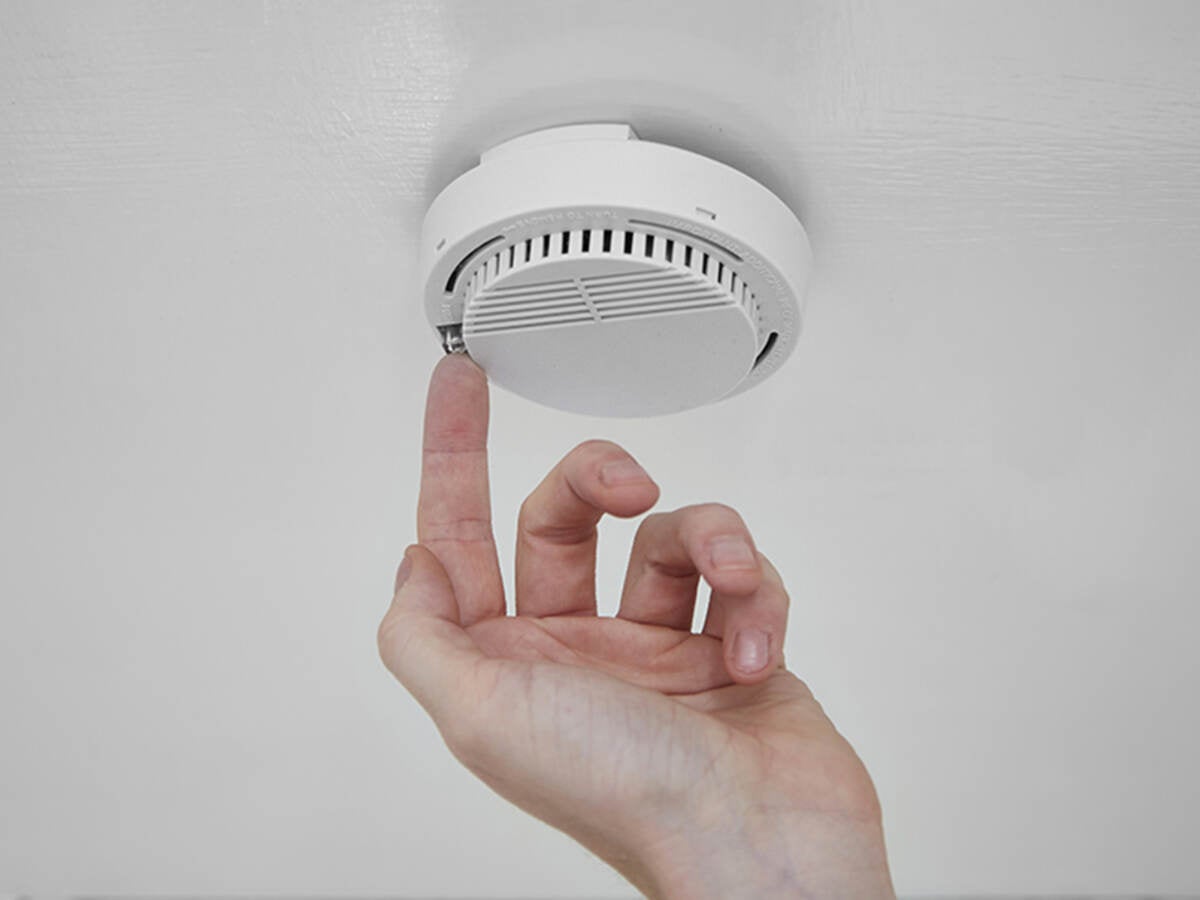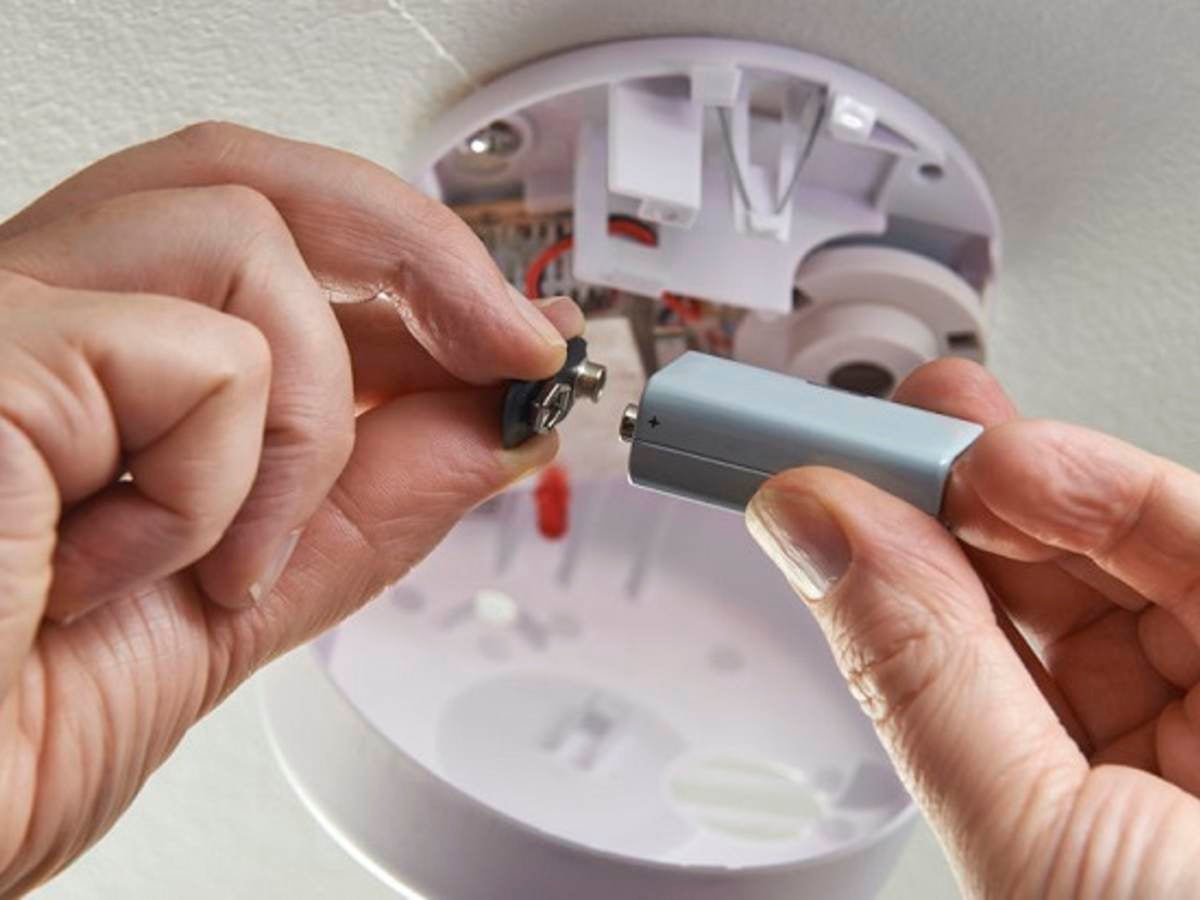Overview
Working residential smoke alarms are an important life-saving technology — they warn people when it’s time to evacuate a building. As homes have evolved over the years however, design and material changes have impacted warning and evacuation times. In order for smoke alarms to continue to keep people safe, it’s critical for us to understand and address these impacts.
As a safety science organization, we’ve made it our business to study these changes, conducting several research projects to better understand smoke characterization and its impact on smoke alarm technologies.
Smoke Characterization Project
In order to better understand the dynamics of smoke in today’s modern home, we worked with FPRF to initiate research that would more fully characterize the products of flaming and nonflaming combustion. The products and chemistries commonly found in today’s residential settings were investigated in order to understand how materials in homes burn differently and how that might impact the evacuation time of occupants.
Polyurethane Foam Test Project
The Smoke Characterization Project showed that polyurethane foam produced smoke characteristics that are different from those currently used to evaluate smoke alarms under 217. The 217 STP created a task group to develop new flaming and smoldering polyurethane foam fire tests to complement existing UL 217, the Standard for Smoke Alarms, and UL 268, the Standard for Smoke Detectors for Fire Alarm Systems, tests and to increase available egress time.
Cooking Nuisance Alarm Research
Homeowner’s response to nuisance alarming has been identified as one of the reasons for disabling a smoke alarm. As revisions to UL 217 and UL 268 were being considered, it was imperative to also address nuisance alarming. The research project enabled us to develop recommendations for revisions to the Standards through the determination of a representative nuisance cooking source and parameters for standardized testing. Click here to view a white paper on the characterization of smoke alarm nuisance sources from cooking scenarios.
Benefits
The goal of our research was to develop criteria that would improve the performance of smoke alarm technologies. Some of the findings from this research are now incorporated into the enhanced requirements found in UL 217 and UL 268.
Why UL Solutions
We’ve conducted several scientific research studies and collaborated with various industry experts to better understand the science of fire safety and revise the requirements of smoke alarm standards.
Improved Smoke Alarm Standards
Learn more about how the results from our Smoke Alarm Characterization Project resulted in revised requirements to smoke alarm Standards.
As a leader in fire safety and fire research, we conduct research and convene industry experts through our Standards Technical Panels to revise the requirements of smoke alarm Standards.
Get in touch
Have questions, need specifics? Let's get this conversation started.


